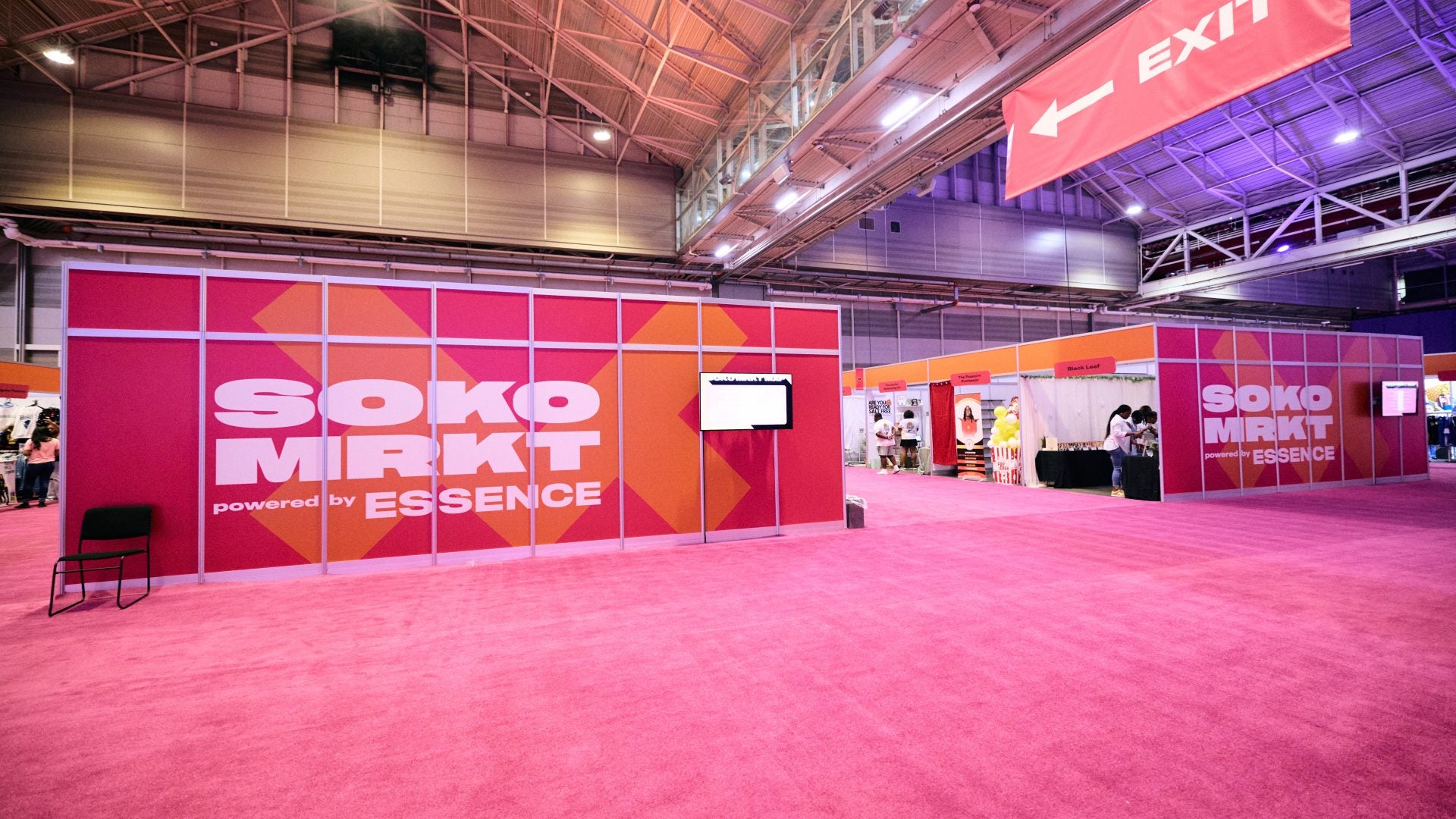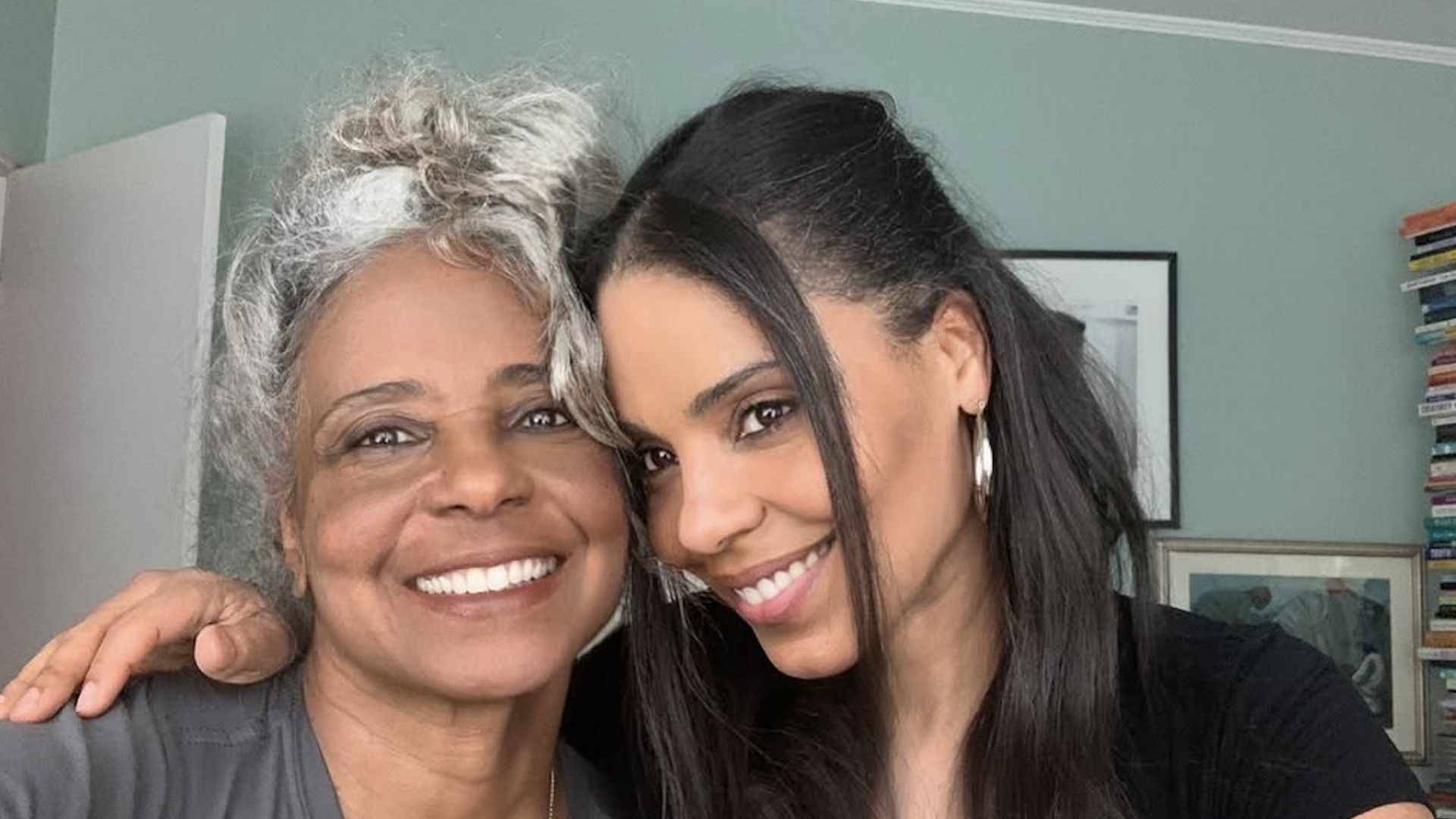
During the 2024 Essence Festival, Soko Mrkt hosted a panel titled “Putting The Plus In The Fashion Inclusivity Conversation.” The panel featured Gabrielle Richards, a fashion expert and body acceptance coach who also serves as the brand director of Shapermint, and Jasmine Elder, the founder and designer of JIBRI, a plus-sized contemporary women’s label. The discussion was moderated by Marie Denee, the founder of The Curvy Fashionista. These women dive into the details of what it takes to innovate and create space for plus-sized women to feel represented in the fashion industry.
Richards and Elder are pushing the narrative forward on what it takes for the fashion industry to be truly inclusive to all body types. Richards’ background as a body acceptance coach furthered the conversation, enlightening the audience about affirming their bodies in whatever form they come in. Elder’s design background gave insight into the behind-the-scenes steps it takes to embrace plus-sized bodies to become part of the norm within fashion’s inner workings. Denee’s platform, The Curvy Fashionista, is a leading plus-sized media platform dedicated to covering and supporting plus-sized fashion, including designers, influencers and news. Learn more about the topics touched on below.
Put Your Money Where Your Mouth Is
Denee came across a statistic stating that 67 percent of women in the United States are a size 14 and up. She was surprised when she noticed that most stores only carried sizes up to XL. Both Elder and Richards emphasized the importance of supporting brands that create clothing for the plus-sized community. “Aside from food, clothing is a necessity,” said Denee.
Richards provided some insight, mentioning that she obtained a Master’s degree in fashion design from Drexel University. She revealed that the process of designing on a dress form typically begins with an industry-standard size six. During her time in school, whenever she added hips or curves to the garments she worked on, she was advised to reduce them. From the beginning, she understood the industry had limitations to plus-sized fashion. “There’s so much more work to be done, but the way that we can do this is to put our money where our mouth is. So, if you are shopping brands only that carry extended sizes, that can show them that there is money in catering to all,” explained Richards.
“Instead of asking designers that have chosen not to create for your body, shop with the brands that do, and then those brands will be in those spaces because they are definitely going to need the capital to get in those spaces. You don’t see the numbers until you see those brands evolving,” Elder explained on stage.
Imagery Over Inclusion
The conversation with JIBRI’s designer, Jasmine, highlighted an important issue. She explained that although more Black people are being seen in the rooms for Diversity, Equity and Inclusion (DEI) within the fashion industry, their inclusion in those spaces falls short.
“I definitely get a lot of opportunities when it’s artistic,” said Elder. “When someone is looking for something for a magazine, for a television show, or for a movie, I’m always there. But when it’s an opportunity for a brand to develop with a plus-sized designer, they’re not necessarily looking to put us where the money actually is.” This is a disappointing experience that many Black designers, especially those focusing on plus-sized pieces, go through.
Denee mentioned her project, the Cultivate Awards, which is a direct response to the hurdles Elder was speaking about. It’s a program to help support independent designers of color with resources ranging from funding to mentorship to get them in the right rooms to execute large-scale projects such as capsule collections.
Advocate For Representation
Richards mentioned that it’s her responsibility, as a woman of color, to raise awareness among young designers and women of color. Let them know that whether you could be a designer or you could be on the marketing side, there’s an opportunity for you because nine out of 10 times they don’t know that that’s an opportunity,” said Richards.
Elder makes a point about how plus-sized people don’t get the chance to develop niches or aesthetics due to the lack of representation but notes that plus-sized people are not a monolith. “They put everything in one batch, and that’s not the way that an artist’s mind works. And you’re not going to be able to have an innovative full brand throughout. Not one brand can’t do all of it,” Elder explained. Overall, the conversation was enriching and eye-opening regarding the behind-the-scenes.




